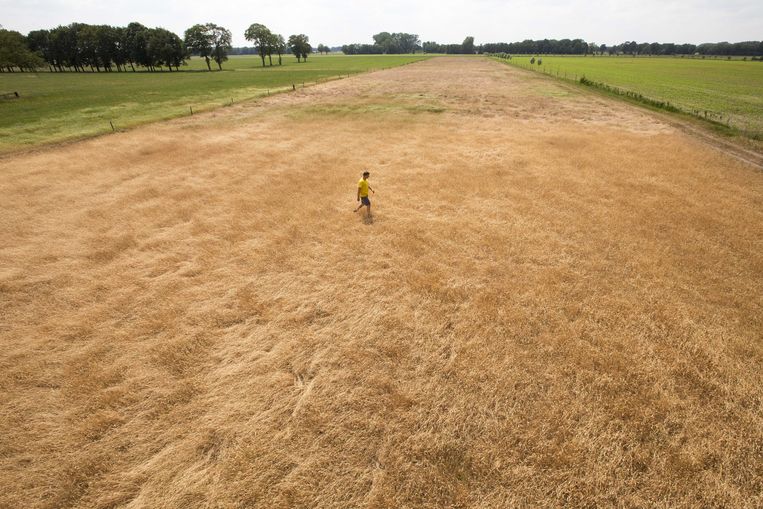
It has never been dry for 2,100 years, as evidenced by acid and carbon in the annual rings of ancient oak trees.
It is not news that last summer was very dry in many European countries. Parts of the Netherlands also continue to suffer from drought due to the lack of rainfall that has accumulated in recent years. But how exceptional are these dry summers in reality?
Extremely exceptional, discovered by a team of European researchers led by Ulf Büntgen. Büntgen, a German geographer at the University of Cambridge in Great Britain, specializes in dendrochronology, the science of reading history from tree growth rings.
These annual episodes tell something about growing seasons in the past, but they don’t reveal all of the details. Climate models made by science can take back to the past, but they are not good enough to obtain accurate data on precipitation and evaporation.
Carbon and oxygen
Therefore, a different method was used in this study: The researchers looked at isotopes of carbon and oxygen in the annual rings of oak trees. Carbon and oxygen are important components of tree metabolism, and they are found in various forms (isotopes). The ratio between their analogues is a measure of the water climate in the relevant year.
Büntgen and colleagues measured isotope ratios in the rings of 147 oak trees from the Czech Republic and southern Germany. Not only live oaks, but also tree trunks that have ended up in wooden structures and trunks that archaeologists have found. The measurements were taken in each annual ring of those 147 oaks. Tens of thousands of measurements in total, giving researchers a data file more than 21 centuries old.
The data has now been published in the trade journal Natural Earth Sciences He showed that in addition to the annual difference in moisture or drought that was always present, there was an alternation between dry and wet periods. The twilight of the Roman Empire (2nd century) was relatively damp in Europe, as was the case at the beginning of the Middle Ages. Droughts can be seen, for example, in the Renaissance (16th century) and more recent past.
The driest period in 21 centuries
With this alternation between dry and wet periods, the researchers say, there is a trend in which Europe is becoming drier. This trend means that the past decade has been the driest of the last twenty-first centuries.
Büntgen says man-made climate change is the most plausible explanation for this exceptional drought. This means that it will not stop there. Climate change is not making it drier and warmer everywhere, there are also areas where summers can get wetter and colder. But large parts of Europe will experience intensified summer droughts, with all the implications for agriculture, forests and the environment.
Also read:
Nature is losing out to drought
Withered dutch landscape. This makes survival increasingly difficult for certain species. Some are on the verge of extinction.

“Travel enthusiast. Alcohol lover. Friendly entrepreneur. Coffeeaholic. Award-winning writer.”
